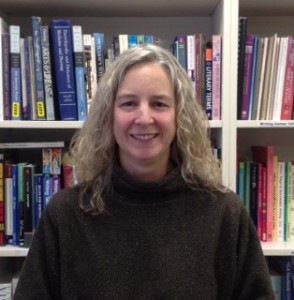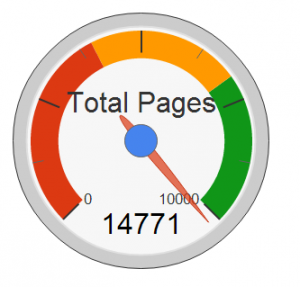By Kristen Salathiel
 Most of my ENG 97/107 students have never read a whole book before. Since reading is such an important skill for college and life, my colleague Nancy Gray and I work hard to turn these students into readers. We want them to not just gain some experience and skills with reading, but also come to enjoy it and pursue reading beyond just what’s assigned for classwork. So we started the We Read program. For this program, students each chose a book that they wanted to read. We took time every class to read silently, and they were also supposed to read at home every night.
Most of my ENG 97/107 students have never read a whole book before. Since reading is such an important skill for college and life, my colleague Nancy Gray and I work hard to turn these students into readers. We want them to not just gain some experience and skills with reading, but also come to enjoy it and pursue reading beyond just what’s assigned for classwork. So we started the We Read program. For this program, students each chose a book that they wanted to read. We took time every class to read silently, and they were also supposed to read at home every night.
I just figured we’d read and that would be that, but one of my students right away thought we needed a goal to aim for. It would be much more motivating for him, he said. We talked about it as a class, and they decided that their goal was to collectively read 5,000 pages. I thought it would be fun to have some sort of measuring stick that we could use to track our progress–something like the snow-total pole downtown. I talked to Kristal Nolf about how we could pull that off, and she went right to work. In no time, she had sent me a great little Google spreadsheet that let me enter the book title and the number of pages. The best part, though, was that attached to the spread sheet was a something that looked like a gas gauge. When I entered the number of pages, the needle on the little gas gauge graphic would move closer to “full.” The students and I were delighted. With every finished book, we would add the information to the spreadsheet and watch the needle swing closer to our goal.
 By the end of October our tank was registering completely full–they had read 5,000 pages. They re-set their goal to a daunting 10,000 pages, and Kristal adjusted our gas gauge. By the end of November, we had maxed out that gauge, too. When the semester ended, my never-read-a-book students had together read over 14,000 pages. We went out to breakfast to celebrate. With the help of a clear goal and a very simple way to visually track our progress, these students far exceeded what they–and I–thought they were capable of achieving.
By the end of October our tank was registering completely full–they had read 5,000 pages. They re-set their goal to a daunting 10,000 pages, and Kristal adjusted our gas gauge. By the end of November, we had maxed out that gauge, too. When the semester ended, my never-read-a-book students had together read over 14,000 pages. We went out to breakfast to celebrate. With the help of a clear goal and a very simple way to visually track our progress, these students far exceeded what they–and I–thought they were capable of achieving.

